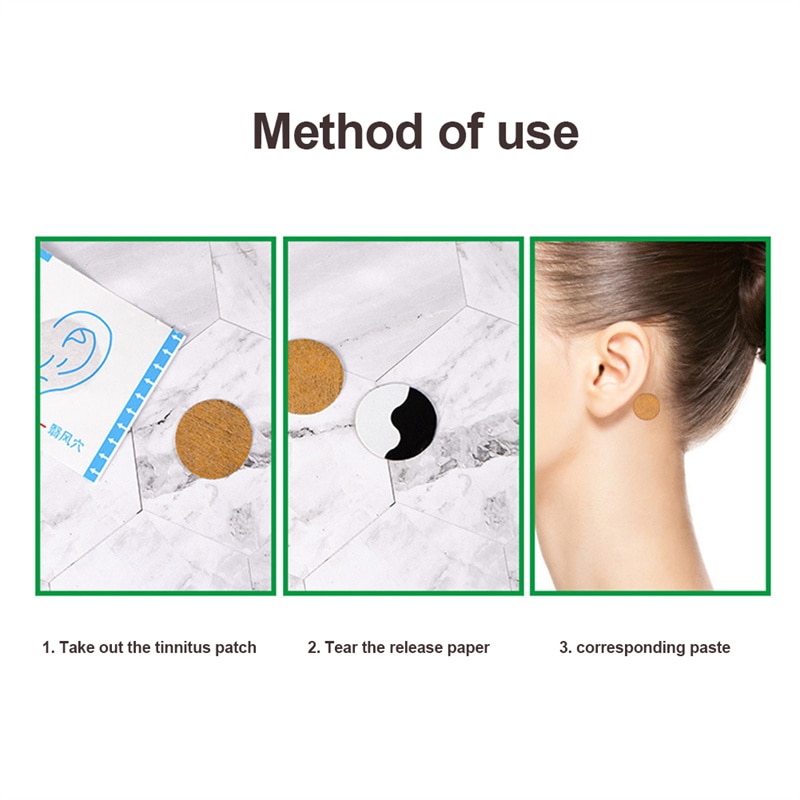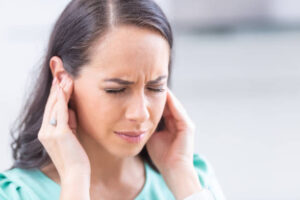
Common Problems with Hearing Aid Ear Pieces and How to Solve Them
Hearing aids have the potential to be a savior for those who struggle with hearing loss, but they also have the potential to present their own unique challenges. The earpieces may sometimes cause users of hearing aids to have concerns with pain or irritation in their ears. This is one of the most typical issues. In this article, we will go through some of the most typical issues that arise with hearing aid earpieces, as well as provide some potential solutions to assist you deal with these issues.
The earpieces of hearing aids are notorious for being a source of irritation and even agony for some users. This is often the result of the earpiece rubbing on the skin within the ear canal, which may cause discomfort or even open wounds if left untreated.

There are a few different solutions available to you in the event that the ear pieces of your hearing aid are causing you to experience discomfort or pain. To begin, move the earpiece around to see if that makes a difference in the sound quality. It is possible for the earpiece to be uncomfortable if it is either too tight or too loose. You might also try changing the size or style of the earpiece that you are using. Experiment until you find an earpiece that fits comfortably; many hearing aids come with many earpieces in a variety of sizes to choose from. If the pain continues, you should talk to a professional in the field of hearing healthcare.
Itching and discomfort are other issues that are often encountered with hearing aid ear parts. This is often brought on by an accumulation of earwax or moisture in the ear canal, both of which have the potential to make the skin in that area irritable.
It’s important to maintain your ear canal clean and dry if you want to avoid itching or irritation. The solution is to keep your ear canal clean. To do this, you should avoid using cotton swabs to clean the ear canal and instead use a soft, dry cloth. Additionally, you should use a hearing aid drier to eliminate moisture from your hearing aids overnight. Talk to your hearing healthcare provider about possible treatments for excessive earwax accumulation if you have a history of experiencing this condition.
Another typical issue that may arise with hearing aid earpieces is whistling or feedback. A feedback loop is created when sound from the hearing aid is amplified, and then it is picked up by the microphone. This results in a problem.
Make sure that the earpiece is inserted properly and that it fits securely in the ear canal in order to stop whistling or feedback from occurring. You might also try turning up the volume or shifting the position of the hearing aid to see if either of those things makes a difference. If the issue continues, you should discuss it with your hearing healthcare provider; they may need to make some changes to the hearing aid’s settings or perhaps repair the device.
Some individuals, especially those who are active or participate in physical activity, have difficulties keeping their hearing aid ear pieces securely in place.
Consider utilizing a hearing aid clip or a sports strap to fasten the hearing aid to your clothes in order to solve the problem of earpieces falling out of their slots. You might also give a different kind of earpiece, such as a custom-fit ear mold, a shot. This kind of earpiece is capable of providing a fit that is more snug and comfortable.
Another issue that often arises with hearing aid earpieces is a buildup of earwax. Because of this, the earpiece may get obstructed, which may result in a decrease in sound quality or possibly physical damage to the hearing aid.

It is necessary to maintain a clean ear canal in order to avoid the accumulation of earwax as a solution. Cotton swabs, which may push earwax further into the ear canal, should be avoided at all costs. Instead, you should wipe the ear canal with a soft, dry cloth, and you should also consider using an earwax removal solution that has been suggested to you by your hearing healthcare professional. Get the best hearing aid ear pieces from Tinnitus Treatment Remedy Store.
Discoloration or material disintegration may also occur with hearing aid earpieces throughout the course of their lifetime, which is another issue that may arise. The presence of oils, perspiration, or other chemicals may all contribute to this condition.
Solution: It is vital to clean the ear pieces on a regular basis using a solution of mild soap and water in order to avoid discoloration or disintegration of the ear pieces. It is best to avoid utilizing strong chemicals or solvents, since doing so may cause the material to become ruined. To further assist in extending the life of hearing aid ear pieces, you can also think about putting them inside a protective case or sleeve.
As a result of the COVID-19 epidemic, a significant number of individuals now regularly use protective gear such as face masks and glasses. This can provide a challenge for those who use hearing aids, particularly if the earpieces of their devices are incompatible with the glasses or masks.
There are a few different methods that you may try if you are having trouble using your hearing aids with other items, such as glasses or masks. One solution is to have a hearing aid that sits behind the ear (also known as a BTE), which can be used comfortably even while glasses or a mask are also being worn. Alternatively, you could try moving the earpieces around to see if that changes anything and is more comfortable for you. If the issue continues, you should seek additional guidance from a professional in the field of hearing healthcare.
Hearing aids, despite the fact that they may be a very helpful tool for those who have hearing loss, can also come with their own unique set of issues. Some of the most frequent concerns that hearing aid users have include pain in hearing aid ear pieces, itching in hearing aid ear pieces, whistling in hearing aid ear pieces, trouble keeping their hearing aid ear pieces in place, earwax accumulation, discoloration, and incompatibility with glasses or masks.
On the other hand, if the appropriate solutions are implemented, it will not be difficult to handle these issues. If you are having any of these problems with hearing aid ear pieces, you may attempt the options that are given in this page, or you can seek additional guidance from a hearing healthcare specialist. You can guarantee that the ear pieces of your hearing aid offer you the highest possible level of comfort and functionality if you are willing to exercise some patience and remain persistent.
How to Manage Tinnitus at Home: If tinnitus is mostly noticed in quiet situations, first you should try using a white noise machine to mask the noise. If you don’t have a white noise machine, a fan, soft music or low-volumed static radio will help.




How do you deal with tinnitus? If tinnitus is mostly noticeable in quiet situations, try using a white noise machine to mask the noise from tinnitus. If you don’t have a white noise machine, a fan, soft music or low-volume radio static also may help.